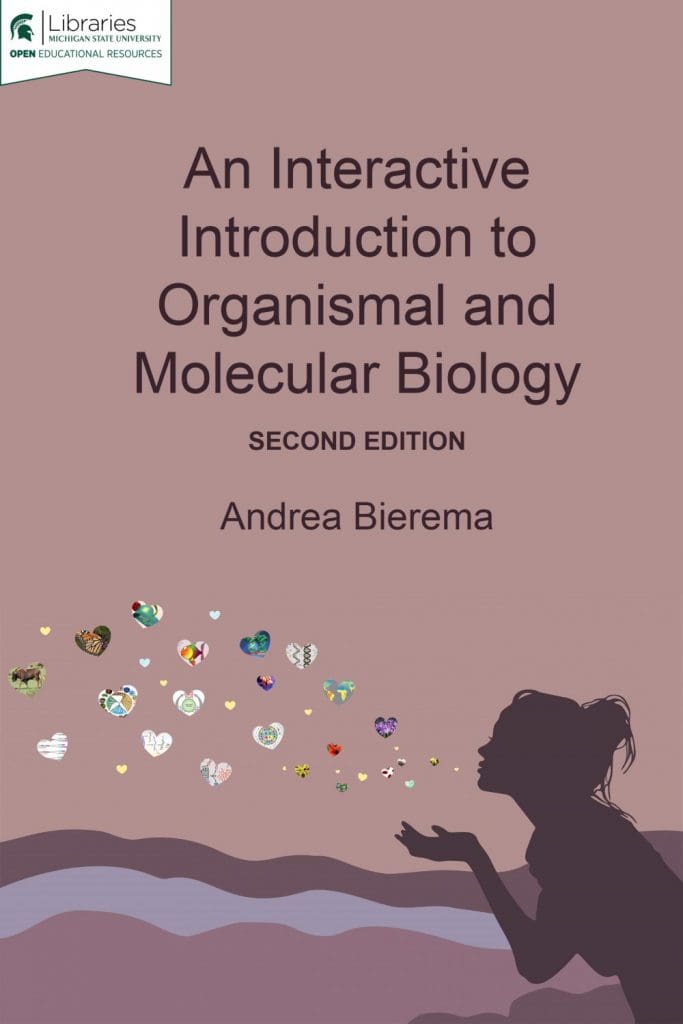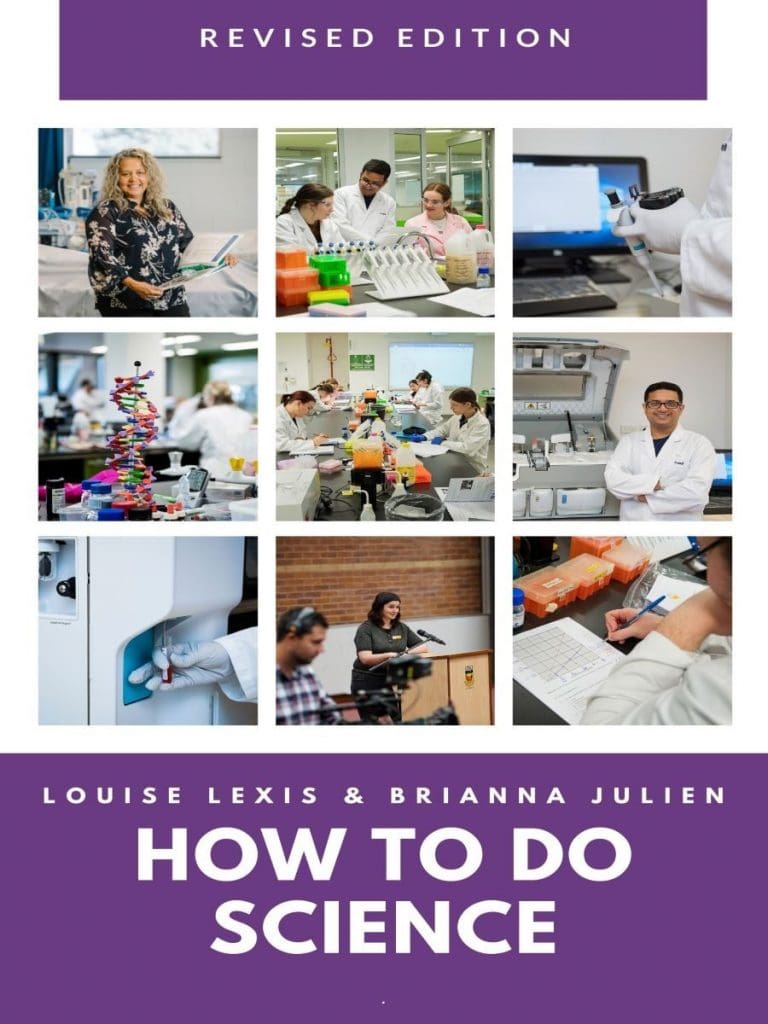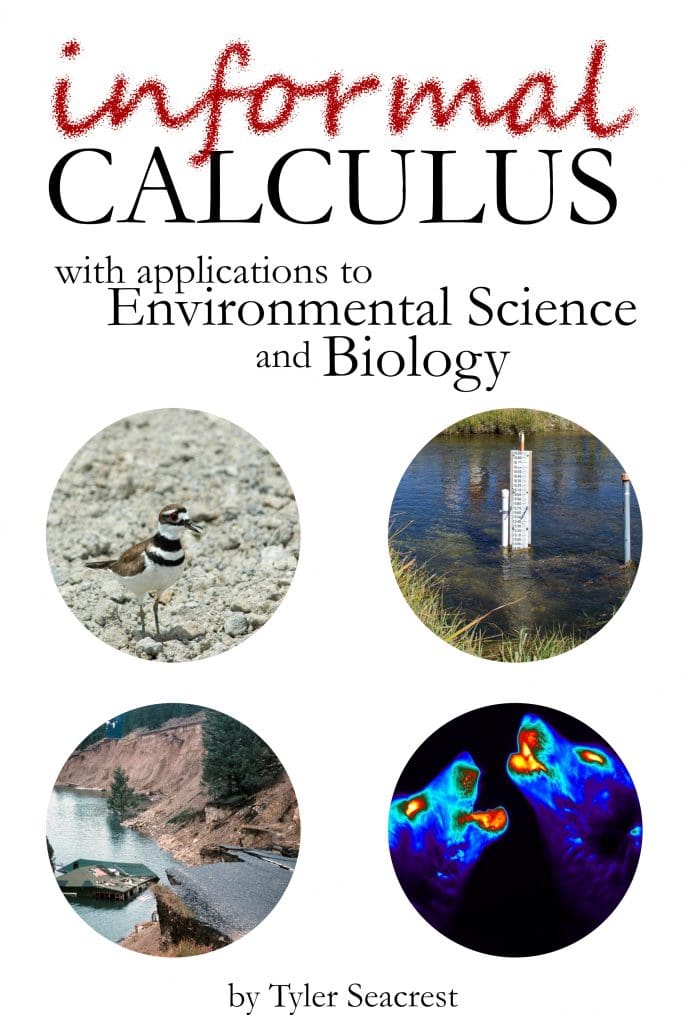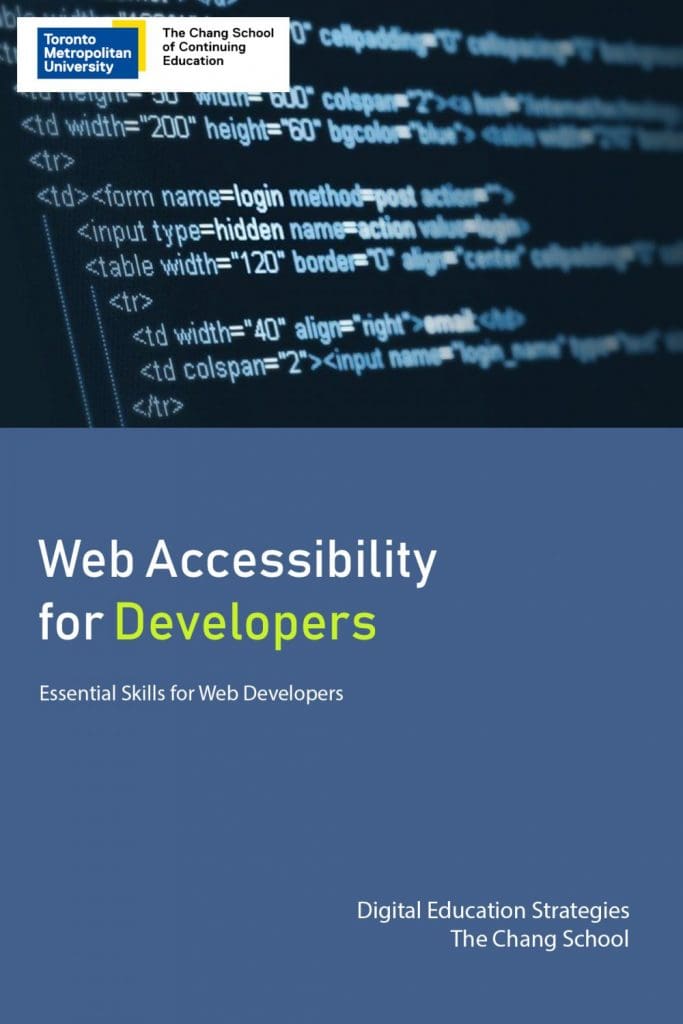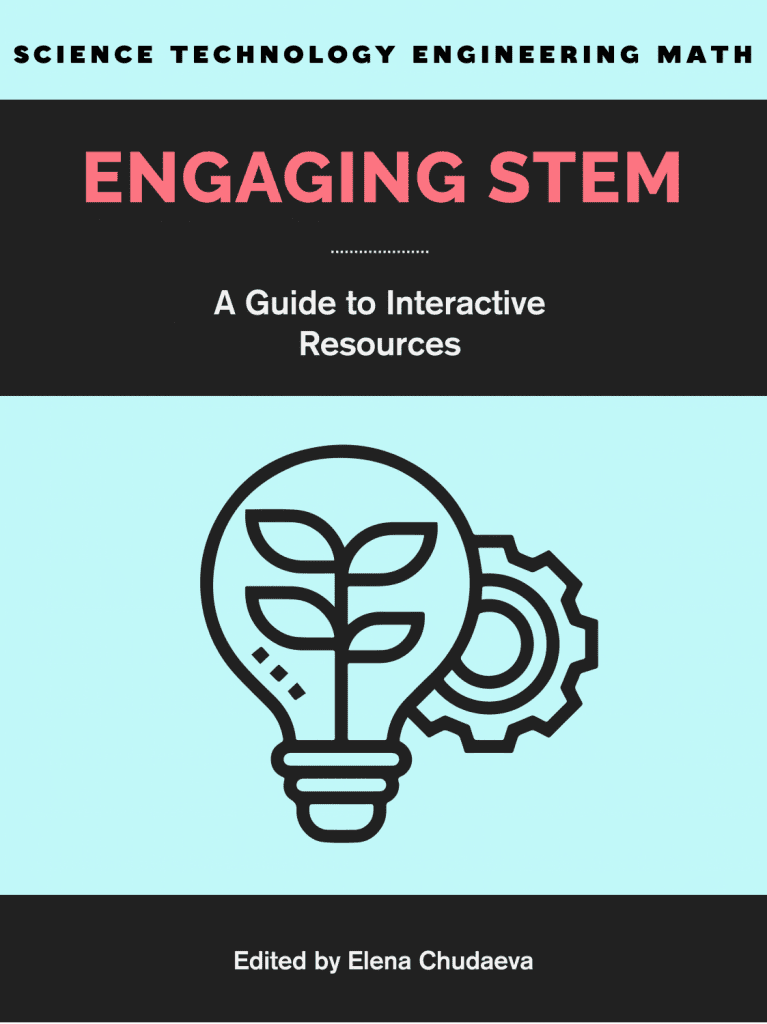From climate change and public health to food insecurity and cybersecurity, STEM education is pivotal for solving some of the biggest challenges facing the world today. Despite this, students face many barriers to pursuing these fields. Cost, lack of accessibility, learning difficulties, and outdated course materials are all factors that can hinder a student’s ability to progress academically.
Open educational resources (OER) present an effective way to make STEM education more accessible to students. They offer students free access to course materials, allowing them to skip costly textbooks. They provide better accessibility features, creating a more inclusive learning environment. They also allow for immersive, interactive content that can engage students and improve learning. For instructors in STEM fields in which the research evolves much faster than the textbooks do, OER provide a quick and easy way to update course materials and stay on the cutting edge.
Here we’ve gathered a few great examples of STEM-related OER. There are many variations of STEM according to region and institution, but to keep things simple, we’re focusing on the core fields of science, technology, engineering, and mathematics.
Find more STEM OER in our Science and Technology collections (Engineering and Mathematics coming soon).
An Interactive Introduction to Organismal and Molecular Biology, 2nd ed.
Andrea Bierema
An Interactive Introduction to Organismal and Molecular Biology, 2nd ed. was developed primarily to align with two of the author’s courses (environmental and organismal applications and biomedical applications); however, the content could be adapted to fit a variety of courses. It is broken into three units: introduction to science, organismal biology, and molecular biology.
This textbook was adapted from a variety of open resources, with interactive elements added to encourage student engagement. These include 158 H5P activities, such as interactive videos, quizzes, matching and fill-in-the-blank questions, simulations, hotspot images, interactive case studies, and more. Learners are likely to appreciate the variety of activities to inform and challenge themselves as well as assess their understanding of the material. The formatting is polished and attractive throughout the book, keeping the information organized and easier to process. Learning objectives are clearly outlined at the beginning of each chapter. Videos have closed captioning and transcripts available, and images have alt text for better screen-reader compatibility.
This second edition features many updates, including new chapters and more interactive content. The author plans to include even more interactive content in future updates. This textbook was developed at Michigan State University and “made possible by MSU Libraries’ OER Award Program and MSU’s Hub for Innovation in Learning and Technology Catalyst Innovation Program.”
How to Do Science
Louise Lexis and Brianna Julien
The aim of How to Do Science is to introduce students to what it means to be a scientist and is intended for students of the life sciences. It covers the scientific method as well as how to carry out many tasks of a scientist, such as “designing experiments, visualising data, accessing scientific literature, communicating science, and writing literature reviews.” This book communicates its information in many creative ways, including interactive timelines and videos. I was pleased to see that even instructions for Excel were presented in short, easy-to-read slideshows. Although it is targeted at undergraduate students of the life sciences, it could also be helpful for graduate students and across scientific disciplines. For example, in a short section on visual aids in presentations, I found some excellent advice that could apply to anyone (including me, a non-scientist). The information throughout is clear and concise, and each chapter ends with a glossary. The book also includes an accessibility checklist derived from the BCcampus Open Education Accessibility Toolkit.
How to Do Science was written by Dr. Louise Lexis and Dr. Brianna Julien at La Trobe University and revised by biomedical and library staff at the University of Southern Queensland.
Informal Calculus With Applications to Biology and Environmental Science
Tyler Seacrest
Informal Calculus With Applications to Biology and Environmental Science is an “approachable introduction to calculus” that focuses on an “intuitive understanding” of the concepts. It covers the main concepts of calculus as well as a review of algebra, provides concise explanations about how to perform calculations, and demonstrates applications to biology and environmental science. Many equations and homework/quizzes feature answers that can be revealed for the learner to assess their work. The book makes use of such real-world applications as “determining the volume of earth moved in the 1959 earthquake that created Quake Lake” and using “differential equations to model various biological examples, including moose and wolf populations at Isle Royale National Park, ranavirus in amphibians, and competing species of protozoa.”
This book originated at the University of Montana Western and was “partially supported by a grant from TRAILS Montana.”
Web Accessibility for Developers
Digital Education Strategies, The Chang School
Web Accessibility for Developers is a “technical resource aimed primarily at programmers.” Learners should already have a functional understanding of JavaScript, HTML, and Git version control. They will learn how to “develop accessible interactivity on the Web and gain expertise using WAI-ARIA, a W3C specification that enables optimal use of assistive technologies, like screen readers, when navigating the Web.” The book considers the barriers that people with varying abilities face and looks at the business case for making websites more accessible, before delving into the technical aspects of WAI-ARIA. Videos, self-assessment quizzes, and interactive code via JSFiddle aid the learner along the way.
Web Accessibility for Developers was “made possible with a grant from the Government of Ontario’s Enabling Change Program.” It was written by “Greg Gay, with help from the team at Digital Education Strategies at The Chang School,” Toronto Metropolitan University (formerly Ryerson University). The original code and jQuery library were written by Igor Karasyov.
Engaging STEM: A Guide to Interactive Resources
Elena Chudaeva; Alexander McGlashan; Howard Gerhard; Marta Wolniewicz; and Michael Long
This guide aims to provide post-secondary instructors with resources to help “students achieve curriculum expectations” in STEM-related courses in both online and blended learning environments. It begins with foundational pedagogical considerations like universal design for learning, then goes on to cover such topics as incorporating virtual labs and simulations, using interactive technologies to present information, blending digital and traditional teaching methods, creating hands-on STEM activities, designing engaging interactive digital content, and more. Each resource presented in this guide is “accompanied by an overview of its main features, pedagogical considerations for using the resource, and a sample activity.”
Engaging STEM: A Guide to Interactive Resources was funded by Curriculum Developers Affinity Group (CDAG).
Find more STEM OER in our Science and Technology collections (Engineering and Mathematics coming soon).

